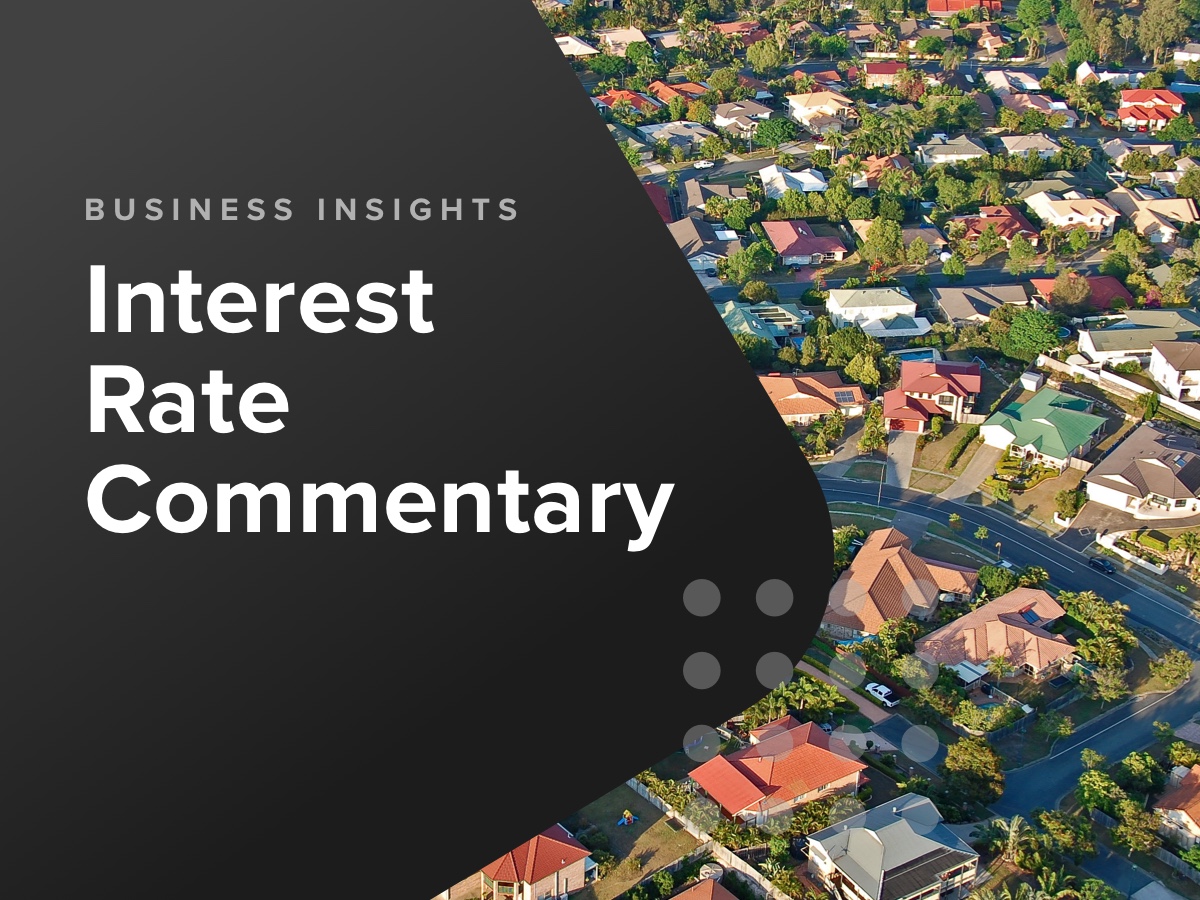As expected, the monthly CPI figure fell to 3.5 per cent over the year to July 2024, down from 3.8 per cent over the year to June. Trimmed mean and inflation excluding volatile items also slowed over the year to July, although all measures are still above the Reserve Bank of Australia’s upper target limit of 3.0 per cent.
The goods and services in the CPI basket that recorded consistently strong price increases continue to be those that have low or no sensitivity to interest rate movements. Those items are fruit and vegetables, which rose by 7.5 per cent over the year, a large increase on the month prior and related to poor growing conditions of certain items, tobacco (impacted by government levies), rents, health, education and insurance and financial services.
It can be argued that rents are interest rate sensitive, though in the reverse outcome that the RBA wants to achieve – that being higher interest rates result in higher rents as many investors need to pass on mortgage cost increases.
Overall, today’s figure by and large reflects recent labour force, business and consumer sentiment surveys and CreditorWatch Business Risk Index (BRI) data – continued slowing demand for discretionary goods and services, and an economy still on track for a ‘soft landing’ out of this monetary policy cycle.
That being said, there are many subtle signs of growing distress among mortgage holders and businesses in Australia. House listings are rising dramatically, particularly in wealthier areas of Sydney and Melbourne, and the average value of invoices held by businesses is half that of what it was this time last year, according to CreditorWatch’s July BRI.
The unemployment rate will be watched closely now by the RBA, and any indication that it is rising faster than its forecast may give it the impetus to follow overseas central banks and cut the cash rate before the year is out.

Get started with CreditorWatch today
Take your credit management to the next level with a 14-day free trial.

